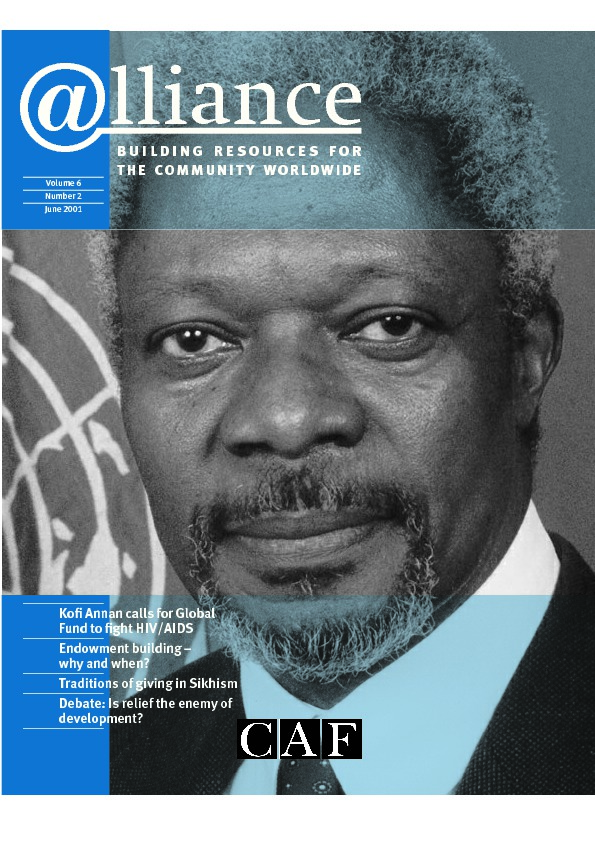Is transnational civil society becoming a permanent and powerful contributor to solving the world’s problems? How sustainable and how desirable is its influence? What role should it play in the future as the world struggles to cope with the new global agenda? The Third Force looks at the new role played by civil society transnational coalitions or networks trying to influence policies on a variety of issues like corruption, arms control negotiations, banning of landmines, environment, gender and human rights. The editor notes how governments and corporations are increasingly obliged to adjust their behaviour and decision-making practices to this new scenario, and how this increasing influence is imposing on the networks the need to recognize new responsibilities, particularly transparency and accountability.
The six case studies analyse the strengths and weaknesses of these networks. In the final chapter, Ann Florini evaluates the answers provided by the different case study writers to the main questions posed by this book. The different contributions confirm a real increase in the number and effectiveness of transnational non-governmental networks. Their presence is felt at virtually every stage of policy-making. Of course there are limits to this influence: there is no coherent transnational civil society agenda, and the networks’ power relies on the capacity to persuade others rather than to directly effect change in the behaviour of governments and corporations. They are contributing to a global culture rather than a world government.
The problem of North-South balance in global civil society networks is partially considered. The under-representation of Middle East and SubSaharan Africa is recognized. The activities of transnational networks in the South are referred to (eg the campaign in favour of the democratic demands of the indigenous movement in the Chiapas), but there is little analysis of the way northern and southern organizations share power in these global networks. The analysis might be conditioned by the fact that the editor and case study authors are based in the North, most of the largest research centres on civil society being located in London, Sussex, Baltimore and Boston.
Northern NGOs have dominated recent global movements. A large proportion of NGOs registered under the UN system are northern; southern organizations were notable by their absence at Seattle. My own experience of international networks suggests an urgent need to develop a southern perspective and to acknowledge the existing difficulties in terms of information flow, cultural differences and different access to resources.
Another issue which needs further attention is the degree to which international civil society networks really represent civil societies. You can validly argue that the legitimacy of international human rights, anti-landmines or environment networks depends more on the impact of their work than on the people they represent. On the other hand, NGOs and other elite groups are often taken to be representatives of civil society, while grassroots organizations, like workers’, peasants’, teachers’ or microentrepreneurs’ unions, are scarcely represented in international forums.
Mariano Valderrama is a researcher at CEPES (Peruvian Centre for Social Studies) and a member of the Management Comittee of The Reality of Aid. He can be contacted on +51 1 433 6610 or at Mariano@cepes.org.pe
The Third Force: The rise of transnational civil society
Ann M.Florini Carnegie Endowment for International Peace/ Japan Center for International Exchange $19.95
To order, contact CEIP.
Tel +1 202 797 6258
Website http://www.ceip.org/publications


Comments (0)